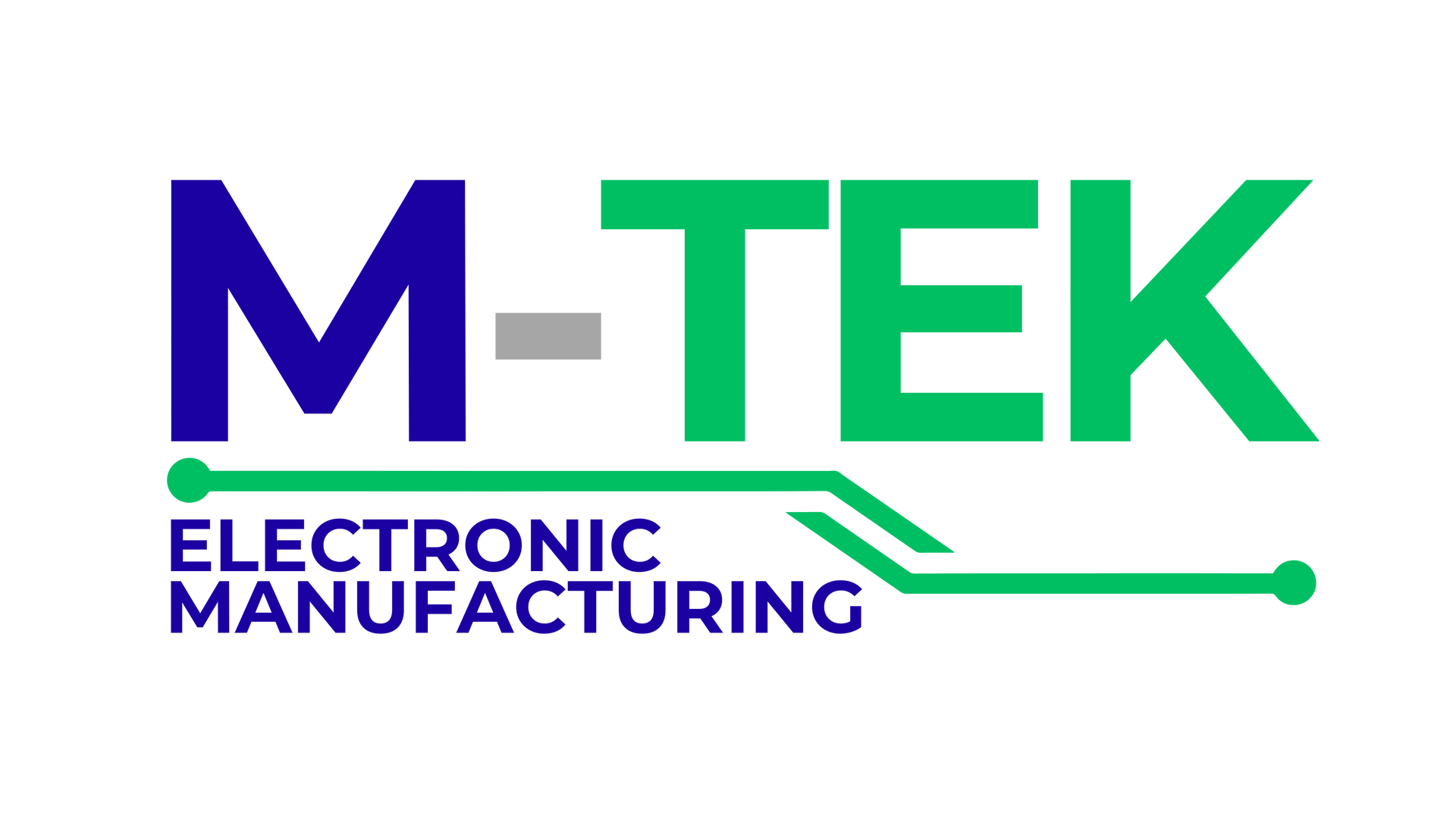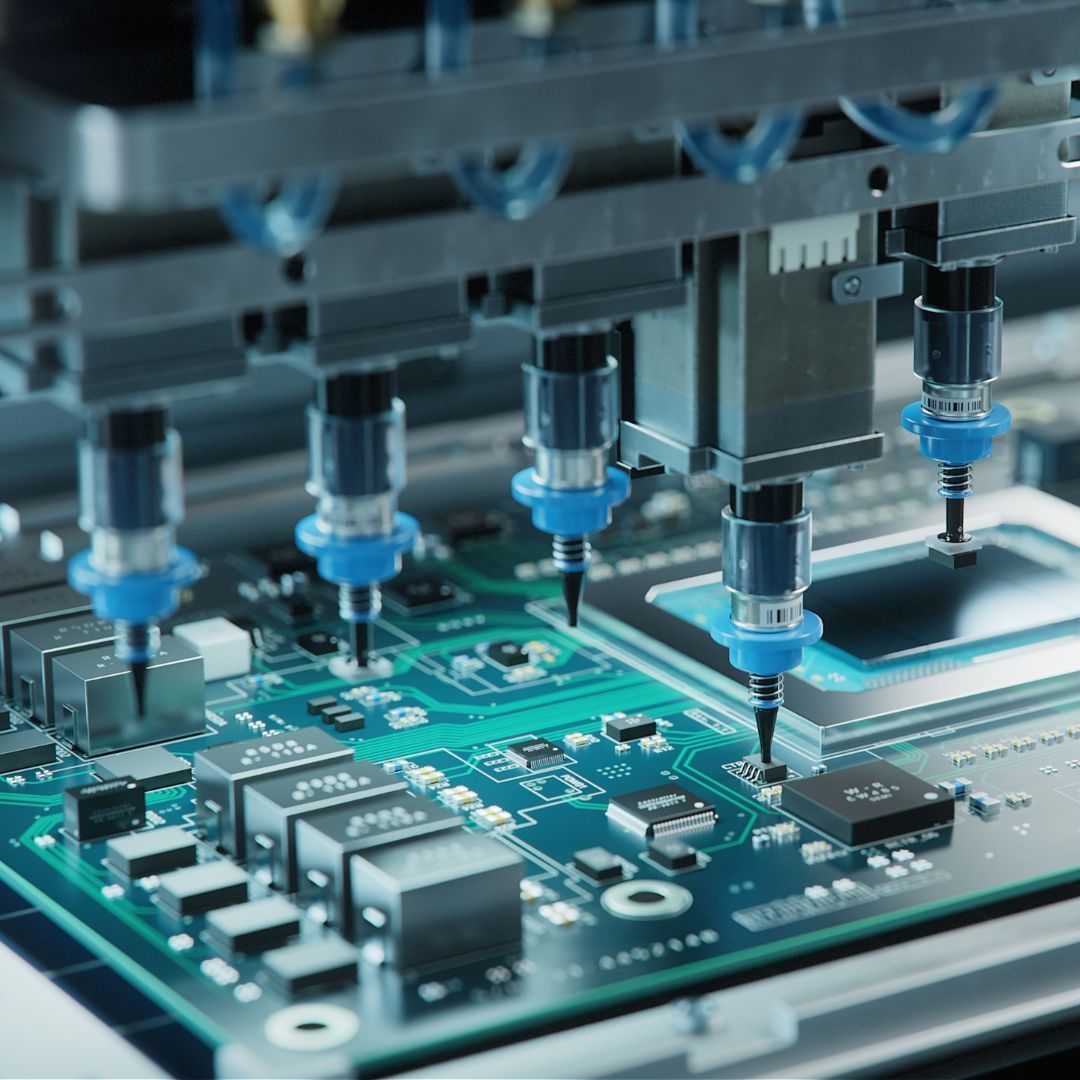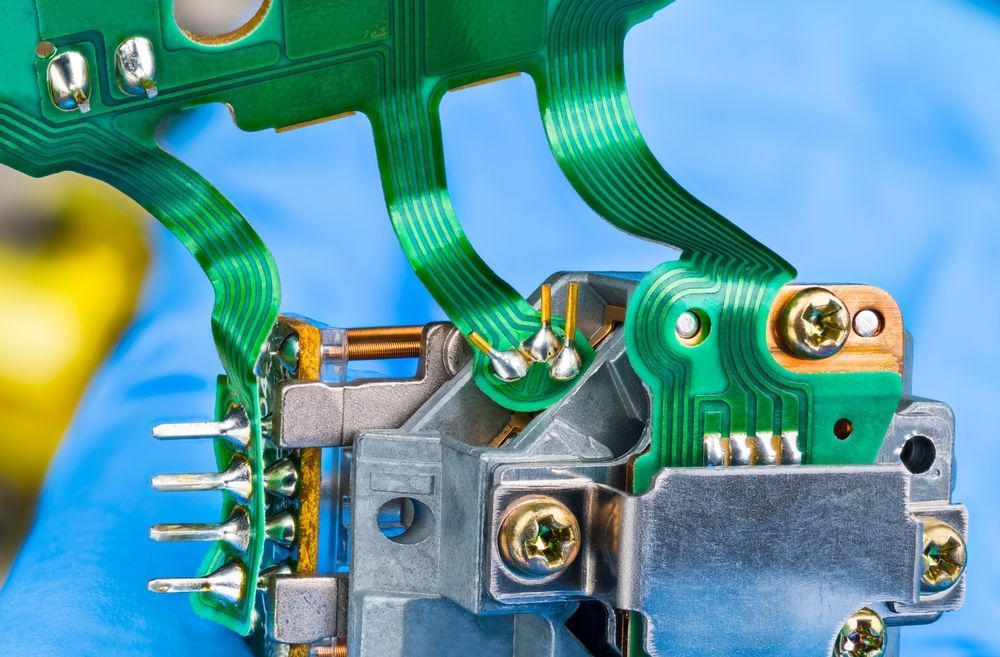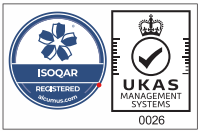What are Integrated Circuits?
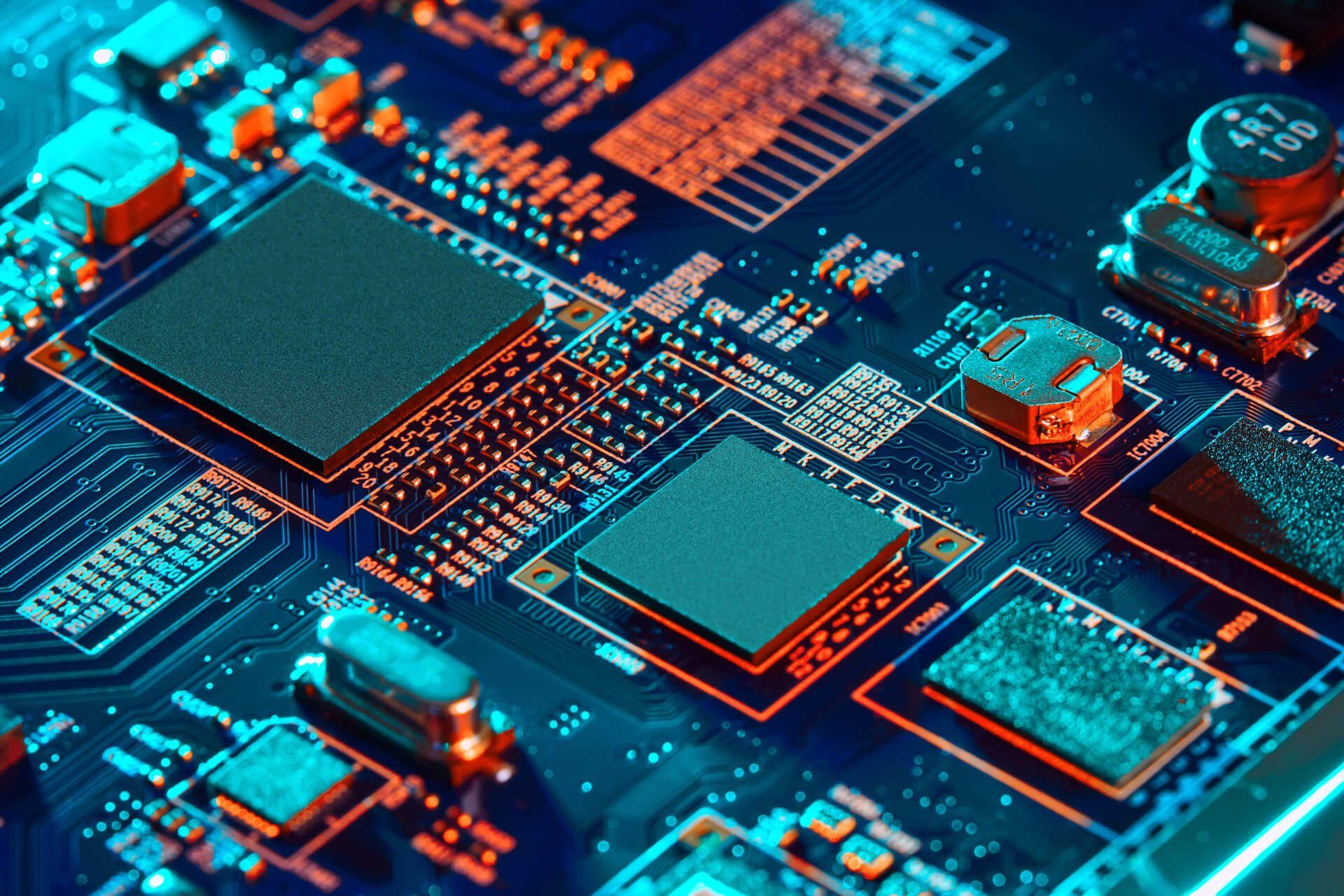
An integrated circuits (IC), also known as a chip, microchip, or microelectronic circuit, is a semiconductor wafer on which tens of thousands or hundreds of millions of minuscule transistors, diodes, capacitors, and resistors are manufactured. An IC can act as a microcontroller, oscillator, timer, logic gate, counter, computer memory, or processor.
The basic principle of all contemporary electronic devices is an integrated circuit (IC). As implied by the name, it is an integrated system made up of numerous connected, miniaturised components that are embedded in a thin semiconductor substrate (usually silicon crystal). So how are ICs designed?
Design and Construction of Modern Integrated Circuits
ICs have advanced significantly over the past 50 years, achieving faster speeds, greater capacity, and smaller sizes. Modern integrated circuits (ICs) are incredibly complex, able to accommodate billions of transistors and other components on a single tiny piece of material, compared to the early days. The modern integrated circuit (IC) consists of a single piece with each component directly integrated into the silicon crystal as opposed to being merely mounted on it.
Multiple levels of abstraction are used by an IC. The IC is constructed from a fragile semiconductor wafer that has numerous intricate connections running through its many layers. A die is made up of several of these wafers. It is impossible to position and connects every component individually because there are millions or billions of components on a single chip. To solder and connect to dies, they are too small. Instead, to meet application requirements, designers build small circuit elements in special-purpose programming languages, combine them, and gradually increase the size and density of components on the chip.
The delicate and tiny die is "packaged" by the ICs to create a black chip, which is now the foundation of thousands of devices, including:
- Smartphones and mobile devices
- Computers and laptops
- Cars
- Network switches
- Microwaves
- TVs
- Amplifiers
- And many others.
The Various Forms of Integrated Circuits
Depending on the application, ICs can be linear (analogue), digital, or a combination of the two. Depending on the input signal level, analogue or linear integrated circuits (ICs) have a continuously variable output. These ICs have theoretically infinitely many states. The output signal level for this IC type is a linear function of the input signal level. The plot should ideally be a straight line when the instantaneous output is graphed against the instantaneous input.
An analogue integrated circuit (IC) is typically made up of just a few simple parts. Both radio frequency (RF) and audio frequency (AF) amplifiers use linear integrated circuits (ICs). In these applications, the operational amplifier (op-amp) is a typical component. The temperature sensor is another typical use for an analogue integrated circuit. Once a signal reaches a certain value, linear ICs can be configured to switch a variety of devices on or off.
Digital ICs don't function over a constant range of signal amplitudes like analogue ICs do. Instead, they only function at a select few predetermined (discrete) levels or states. The basic components of digital integrated circuits (ICs) are logic gates, which operate with binary data, or signals with only two distinct states, known as low (logic 0) and high (logic 1).
Microprocessors and ICs
The microprocessor, which can carry out billions of operations per second, is the most complex type of IC. The microprocessor in a computing device houses the graphics processing unit (GPU), which is used to render images and video, as well as the central processing unit (CPU), which controls a computer. The billions of interconnected transistors that make up a single microprocessor each carry out a distinct logic operation in response to commands from the clock.
The transistors carry out the logic operations (such as calculations) they were programmed to carry out when the clock changes states. The speed of these functions depends on the frequency of the clock. A variety of predetermined memory locations or registers for storing information are also present in microprocessors:
- Contains pre-programmed instructions for a variety of operations in a permanent register.
- The numbers that will be operated on and the results of the operation are stored in the temporary register.
- The memory address of the following instruction is contained on the counter.
- The address of the most recent instruction entered into the stack memory is contained in the stack pointer.
- The location (address) of the data to be worked on is contained in the memory address register.
About M-Tek Assembly
Utilising M-Tek for your PCB assembly and integrated circuits will also help the environment. We use electric vehicles to achieve a net-zero carbon footprint, and for every circuit board we produce, a tree is planted. For help with your SMT and PCB assembly, get in touch with one of our experts right away. You can reach us at 01189 455377 or follow us on Twitter to stay informed about our services.
